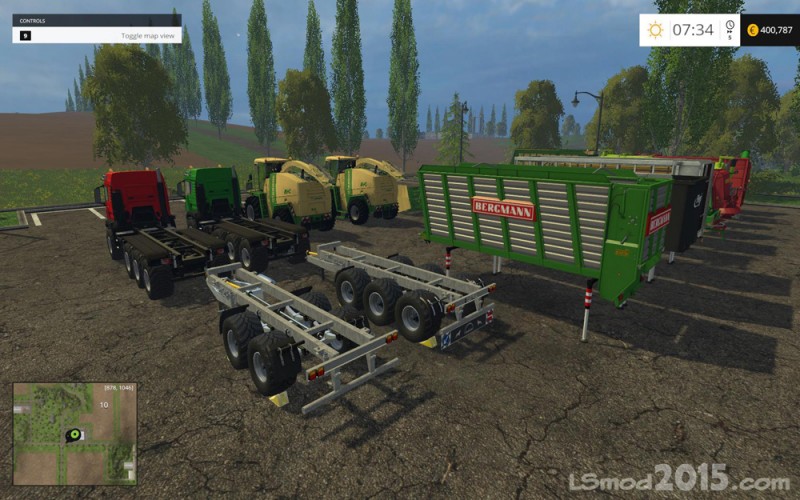
#Bus simulator 18 sun visor control install
First, how would the team fit another EVA into an already-packed expedition schedule? Second, once they find time in the schedule, how do they install the MBSU properly? Third, what is the next worst failure if they are unable to install the MBSU? In other words, what else might go wrong and how should they prepare for it? There were three main challenges to address, Van Cise explained. My role after that was lead for developing our response to the problem.” “Pretty much everybody needs to drop what they’re doing and we throw every resource we need at the problem,” he said. Team 4 is called in when extra support is needed. In mission control, there are three teams, each covering an eight-hour shift. “The EVA was approximately six and a half hours in and my management was already pulling together the groundwork for what we call a ‘Team 4 Effort,’” said Van Cise. “That, of course, did not go very well,” Van Cise said. In August 2012, Van Cise served as the lead flight director on EVA 18, during which the crew would remove and replace the unit.

ISS Flight Director Ed Van Cise is part of the team dedicated to developing contingency EVAs for items on the Big12 list and worked on the plans for the MBSU replacement. NASA Astronauts Sunita Williams and Joe Acaba (left), and Japan Aerospace Exploration Agency Astronaut Akihiko Hoshide, participate in an extravehicular-activity planning and preparation session in an International Space Station mock-up/trainer in the Space Vehicle Mock-Up Facility at Johnson Space Center. In the event the second failure happened to be another Big-12 item, the U.S. The MBSU is one of twelve items whose failure would render the space station “zero fault tolerant.” In other words, if one of the “Big 12” failed and then another item failed, maintaining research operations would become complicated. While the unit was still functional and routing power as it should, it would need to be replaced. The story of the MBSU began in October 2011, when it stopped communicating with the computers onboard station. With the desire to complete the MBSU’s installation with the current crewmembers, who had direct experience with the task and EVA configuration, NASA wanted to resolve the issue sooner rather than later. However, the urgency to fix the problem stemmed from Canadarm operator and NASA Astronaut Joe Acaba’s scheduled return to Earth. The unsuccessful MBSU installation meant the ISS was running at 75-percent power, prompting NASA to initiate power-mitigation plans, which were robust enough to maintain ISS operations. After eight hours and seventeen minutes, Williams and Hoshide temporarily secured the MBSU and returned to the station’s interior, completing what became the third-longest extravehicular activity (EVA) in history. They attempted to clean it, but the bolt still refused to cooperate. One of the two bolts required to secure the new unit properly got stuck.ĭuring several attempts to drive the bolt down, the crew observed debris inside the bolt receptacle.

The uninstallation went smoothly, but the replacement did not. boxes responsible for routing power from the ISS solar panels to the U.S. On Wednesday, August 30, 2012, NASA Astronaut Sunita Williams and Japan Aerospace Exploration Agency Astronaut Akihiko Hoshide were tasked with replacing a malfunctioning main-bus switching unit (MBSU) on the center segment of the International Space Station (ISS), called the Starboard-0 truss.
#Bus simulator 18 sun visor control full
Photo Credit: NASA (Click image for full size.) Williams and Japan Aerospace Exploration Agency Astronaut Aki Hoshide (visible in the reflections of Williams helmet visor) completed installation of a main bus switching unit.

NASA Astronaut Sunita Williams appears to touch the bright sun during a third session of extravehicular activity. NPR 7120.5 Revision F Rollout Briefing (NASA Only).Systems and Engineering Leadership Program (SELP).


 0 kommentar(er)
0 kommentar(er)
